Small businesses have faced a barrage of shocks in recent years. Between wild weather, pandemic lockdowns and supply chain constraints, it sometimes feels like every day brings a new challenge. Take Rob, who runs a family farm on the New South Wales coast. After fixing damage from the last big flood, he now learns another storm is on the way. Or think of the Melbourne café owner who pivoted overnight to takeaway meals when a lockdown hit. These stories are reminders that uncertainty is the new normal. If there’s one lesson, it’s that standing still is not an option – you have to plan for the next storm.
Strategic planning is about making your business robust against those unexpected storms. It starts with setting clear goals and identifying risks. In practical terms, it means looking at your finances, processes and market with fresh eyes. Deloitte advises that in unpredictable times, “planning and agility are critical… Businesses need a robust plan that covers iterative milestones towards their goals.” This means your roadmap should include both big-picture goals and smaller step-by-step actions. For example, plan how many units you need to sell each month and what milestones (like marketing campaigns or product launches) will get you there. Insurers note that a true resilience plan focuses on strong internal systems and strategies so your business can adapt and remain operational through any storm – whether technical, financial or even environmental.
Here are some steps in strategic planning for resilience:
- Define your mission: Know what your business stands for and what success looks like. A clear mission acts like a compass when times are tough.
- Set flexible goals: Outline both short-term survival targets and your long-term vision. Make them SMART: Specific, Measurable, Achievable, Relevant and Time-bound. If circumstances change, don’t be afraid to revise your targets.
- Scenario planning: Think through “what-if” scenarios. What if sales suddenly drop 30%? What if a key supplier shuts down? For each case, decide on a response (e.g. find a backup supplier or shift to a different service). Imagining different futures keeps you from being paralysed when change hits.
- Cash flow forecasting: Project your cash inflows and outflows at least 3–6 months ahead. List all upcoming bills (rent, wages, supplies) and expected income. If a shortfall looms, you can act early – perhaps by cutting discretionary spending, speeding up invoicing or seeking an emergency loan. Keep your profit-and-loss statement and balance sheet up to date, so you always know where the business stands financially.
- Cost control: Identify your biggest expenses and trim the fat. Could you switch to a cheaper supplier or negotiate a better lease? Even a 5–10% saving on major costs can create a vital cushion.
- Diversify revenue: Look for new ways to earn. If you rely on one product or client, try adding a complementary product line or targeting a different market. Many local businesses have found hidden revenue streams by being creative – that Melbourne café, for example, started selling meal kits and coffee beans online, tapping into a whole new customer base.
The key to all this is adaptability and communication. Keep an eye on what’s happening around you and be ready to switch gears. When strict lockdowns hit, many businesses went digital with online shops or contactless delivery. The government urged small businesses to stay agile, noting that leaders who pivoted quickly – for example, moving sales online or developing new products – fared much better. Deloitte observed that businesses which managed the crisis well “accepted that things have changed” and decided to operate with that constraint in mind. These firms made decisions that were previously unthinkable – like restaurants switching entirely to takeaway orders or offering virtual services – and that flexibility was ultimately rewarded.
Keeping customers and staff in the loop is also vital. If you can honestly say “We have a plan to handle this,” it builds confidence. Customers of businesses that stay open through a crisis often come away more loyal, since they see you are reliable. And employees will feel more secure knowing you’ve thought things through.
Financial Resilience: Cash Is King
At the heart of strategic planning is money. Keep a close watch on your cash buffer and access to funds. If your bank account is nearly empty or your overdraft maxed out, even a small shock (like a repair bill) can leave you scrambling. Instead, aim to maintain a cash reserve – even one month’s operating costs helps.
Run regular cash flow forecasts. That means listing all the money coming in and all the bills going out in the coming weeks and months. Update this as you go. Many advisers recommend projecting at least 3–6 months ahead. If you spot a shortfall early, you can respond in time – maybe by cutting discretionary costs, delaying non-essential purchases, or seeking a short-term loan. Keep your profit-and-loss report and balance sheet up to date, so you always know your financial position.
If a crisis does hit, know your funding options. Do you have a line of credit or loan you can tap? Are there government programs available, like emergency loans or grants? For example, during COVID the Australian government offered wage subsidies and cheap loans for small businesses – being aware of such programs can be a lifeline. You might also turn fixed costs into flexible ones, e.g. moving to a smaller office or leasing equipment instead of buying it outright.
Adaptability in Action
Being strategic isn’t about sticking to one rigid plan – it’s about being prepared to adapt. Many businesses discovered new opportunities during recent crises. Some retailers expanded into online marketplaces; some tradies started offering home tutorials or online quotes; some gyms took classes outdoors or over Zoom. Think about how you might shift if needed. Could you source products from new suppliers or switch to local ones if imports dry up? Can you offer a virtual version of your service? Do you have an e-commerce site or social media presence to reach customers remotely?
Stay customer-focused. Consumer behaviour can change permanently after a crisis. Engage with your customers: seek feedback, survey their needs, and be ready to meet them where they are. A small change – like repackaging a product or offering delivery – might unlock a whole new audience.
Seeking Advice and Support
You don’t have to go it alone. Business.gov.au recommends contacting a business adviser, mentor or industry group for guidance. These mentors can help you spot blind spots and challenge your assumptions. Often, someone with outside experience can identify a hidden weakness or a fresh opportunity in your plan.
Local chambers of commerce, industry associations or even other small business owners can be invaluable. Share insights – for example, how others managed lockdowns or supply issues – to get fresh ideas. Remember, planning for resilience is a team effort: using advisors and networks keeps you accountable and adds expertise you might not have in-house.
Looking Ahead: Succession and Exit Strategies
A truly resilient business plans for the long run, including who will take the reins someday. It might seem early to think about selling or handing over the business, but having a clear exit strategy is part of being prepared. Experts warn that without an exit plan, owners often miss out on the full value of their work.
A good succession plan covers things like whether you’ll train a family member to take over, sell to a partner, or wind down gracefully at retirement. By considering these options now, you ensure the business you’ve built can continue or be sold successfully in the future. This adds an extra layer of resilience – knowing the business isn’t solely dependent on you, and that it can live on in some form beyond your tenure.
Conclusion
Strategic planning might feel like extra work in a busy schedule, but it turns uncertainty into manageable challenges. For small business owners, resilience is part of our make-up – planning just gives it direction. By setting goals, safeguarding cash flow and staying flexible, you’ll be better positioned to weather the next storm.
In practical terms, having a plan means that when the next surprise hits – whether it’s a cyclone, a new competitor or an economic downturn – you won’t be starting from scratch. You’ll already have a map of where you want to go and how to get there, even if the terrain shifts. That’s the real power of strategic planning: it doesn’t prevent problems, but it helps you bounce back stronger when they happen.




